The 9-1-1 system started in 1968 and while it may have efficiently done its job in its early years, today is a different story. Many argue that the problem lies in cell phones. When cell phones weren’t invented, 9-1-1 call centers could be sure that the landline call was where the emergency was located.
Today, more than 75% of 9-1-1 calls originate from cell phones. The challenge begins when 9-1-1 call centers receive wireless calls; they generally only know the sector of where the call originates from, but they don’t have the technology to pinpoint the caller’s location. Many 9-1-1 caller centers haven’t upgraded their system’s technology yet. Because of this, many experts say it may be awhile before all call centers are able to figure out the exact location of a wireless caller.
Even when a caller gives an address, it’s not always easy to locate the address right away, so call centers have to use their dated technology find the location of the caller. Administrators need to carefully assess whether 9-1-1 centers should be consolidated. This means that each state will have a very limited number of call centers, but will be equipped with advanced technology and resources that are able to spread further. For example, in Vermont there are two centers that handle calls from the entire state.
Elizabeth Adams, a former 9-1-1 call center administrator, says she understands that it’s a more efficient way, but she struggles to find the point at which there is too much limitation on call centers in a single state. As 9-1-1 centers struggle with the costs of advanced technology, a number of states have passed legislation forcing consolidation in the name of lower costs. In certain states, maintaining a sustainable call center is not feasible when taking into account employee costs, fiscal challenges, and health care costs.
It becomes even more difficult when communities are not able to raise enough money through taxes and other means. Budge Currier, a 9-1-1 administrator, believes that while consolidation of call center might mean obtaining next generation technology, the cost and services of these call centers show no significant change. Begging the question: is consolidation the logical next step for 9-1-1 call centers or is there another solution? Should we be putting our resources towards better call center tech or other areas like mental health crisis training for dispatchers?
Guest Information:
- Budge Currier, 911 Administrator, State of California
- Elizabeth Adams, former 911 call center administrator, Vermont State Police
- Lawrence Consalvos, President and Chief Operating Officer, IXP Corporation (public safety firm)
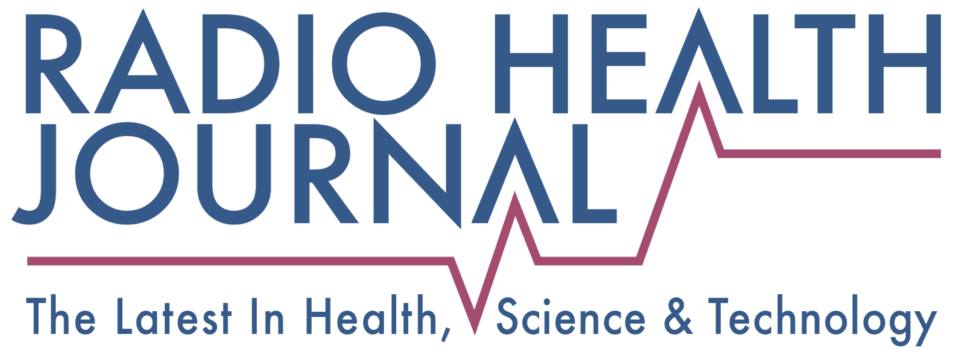


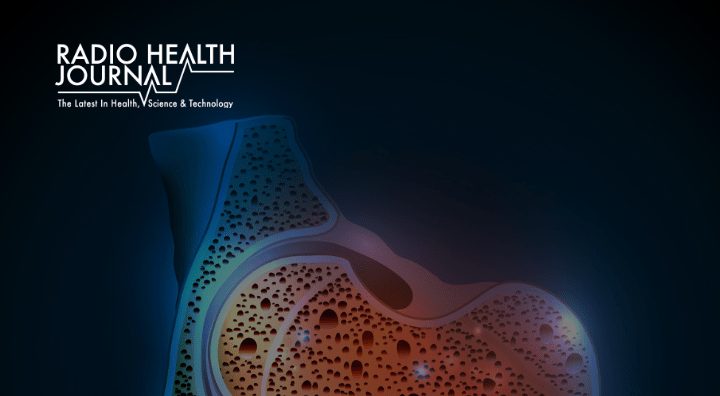
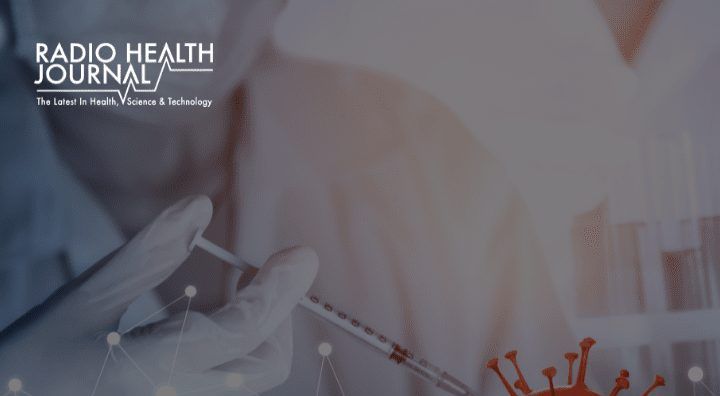
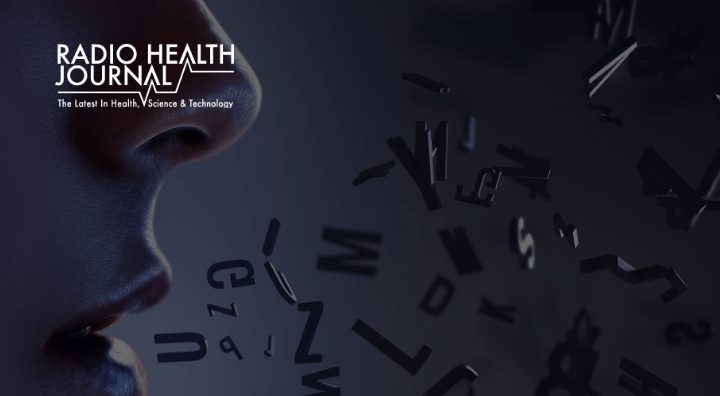




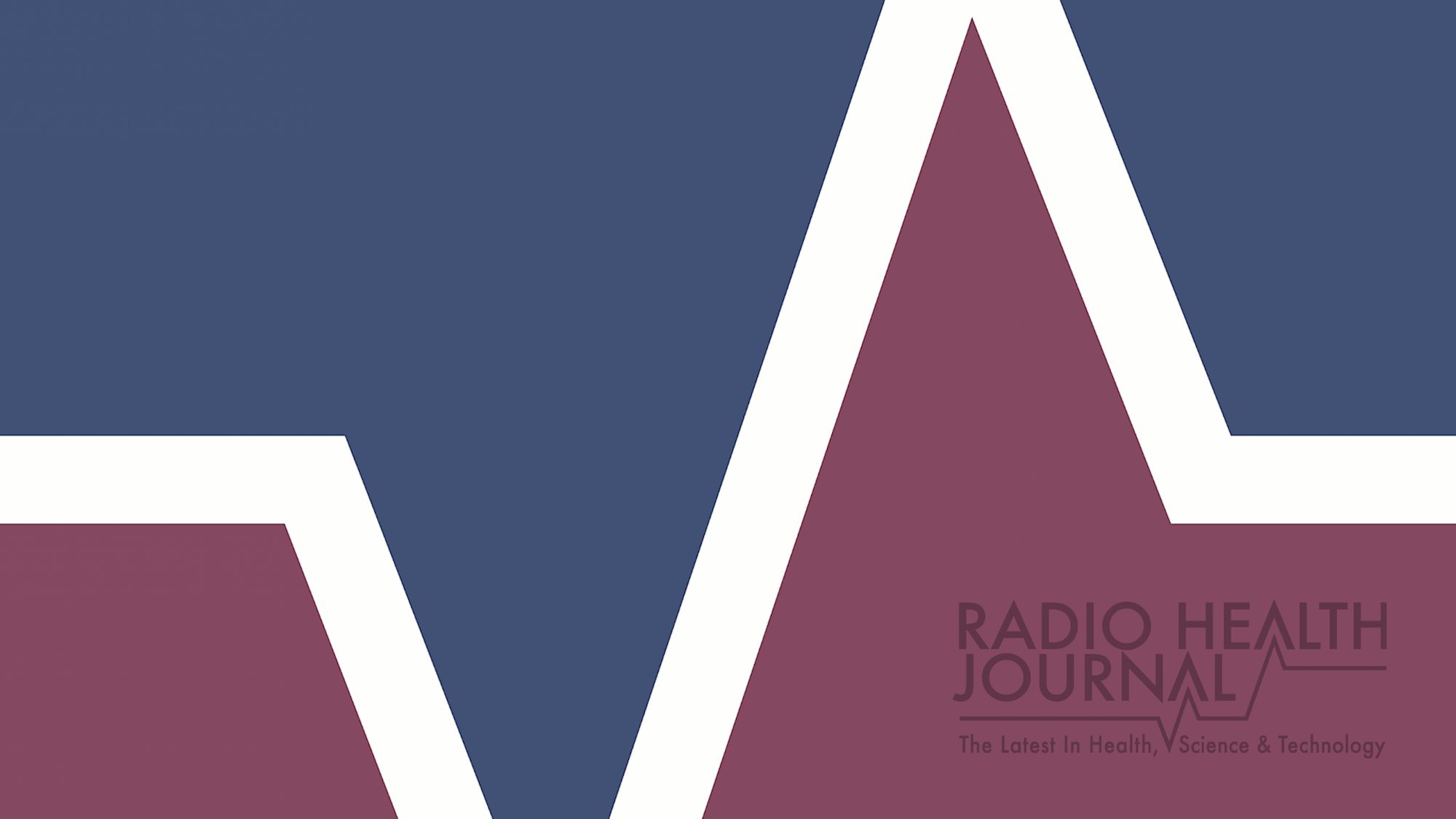
Leave a Reply